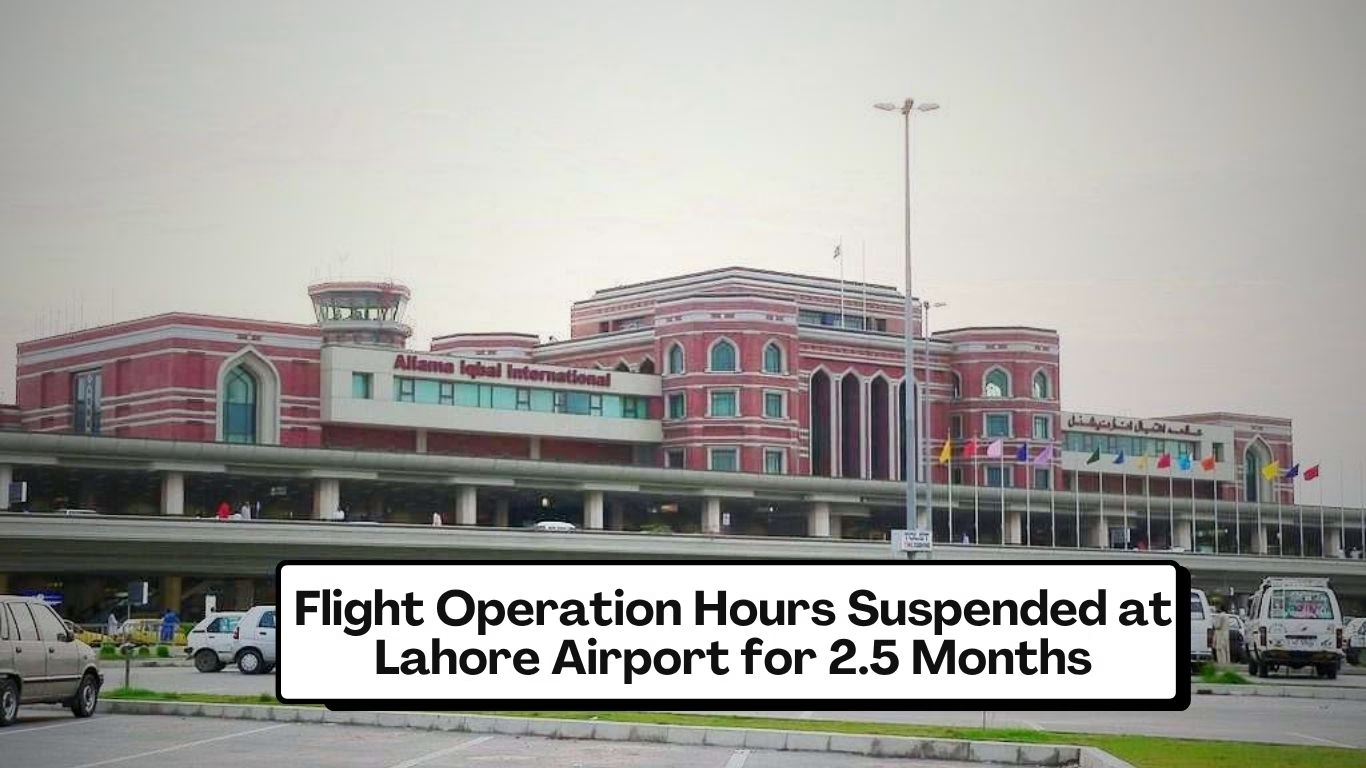Your cart is currently empty!
In the world of airplanes, we have some special planes that can fly really, really far without stopping. These amazing planes have changed the way we travel across the world. Let’s take a closer look at the top 10 world longest-range commercial aircrafts and how they make it easier for us to go to faraway places.
1. Boeing 777X
According to Boeing’s latest data, the 777X is positioned to revolutionize the aviation industry with its groundbreaking features. The B777X undertook its maiden test flight in 2020. Anticipation is high for its certification, which is expected to open the door for its commercial debut in 2025.
One of the key features of the B777X will be its powerful GE9X engines, which will deliver 105,000 pounds of thrust, making them the most robust in the aviation world. The engine manufacturer has employed additive manufacturing techniques, which reduced the GE9X engine’s component count from 300 to just seven. This change resulted in reduced parasite drag, lighter weight, and improved fuel efficiency for the engine. The aircraft’s maximum take-off weight is 351.5 metric tons. However, a standout feature of this aircraft is its remarkable range of 9,700 nautical miles. This positions it to become the longest-range airliner in the near future.
In February 2023, the Boeing 777X passenger aircraft secured a total of 363 orders from major airlines globally. Emirates led the way with the largest order of 115, followed by Qatar Airways (74), Singapore Airlines (31), Lufthansa (27), and Etihad Airways (25). Some Undisclosed customers have also shown interest, underlining the global appeal of this innovative, longest-range, and fuel-efficient aircraft.
2. Airbus A350 XWB Ultra Long Range
The Airbus A350ULR is an upgraded version of the A350 XWB. It features a significantly expanded range of 9700nm, opening up exciting new possibilities for air travel. The A350 XWB was introduced in 2015. It is equipped with two fuel-efficient Rolls-Royce engines, producing a combined thrust of 168,400 pounds.
The outstanding attribute of the A350ULR is its impressive range of 9,700 nautical miles. This enables non-stop flights of up to 20 hours, such as the Sydney to London route. The standout feature here is Airbus achieving this extended range without the need for additional fuel tanks. Instead, they modified the existing fuel system, increasing its capacity by a substantial 24,000 liters. This innovation transforms long-haul air travel and ensures top-notch passenger and crew comfort.
In the year 2015, Singapore Airlines marked a historic moment as it became the pioneering and exclusive customer for the A350ULR. In October 2018, the airline achieved a significant milestone by resuming non-stop Singapore to New York flights with the A350-900ULR.
3. Airbus A340-500
The A340-500 was launched in 2003 to compete with Boeing’s 747-100 and 747-200 as Airbus’ first long-range airliner. The A340-500 can seat up to 440 passengers. In a typical three-class setup, it can carry 270 to 310 passengers, offering flexibility to airlines and travelers.
The A380-500 is propelled with a quartet of Rolls-Royce Trent 500 engines. These engines are each capable of providing an impressive 56,000 pounds of take-off thrust. The A380-200’s 380.00-tonne maximum take-off weight makes it an excellent option for long commercial routes.
The A340-500 stands out as Airbus’ longest-range jetliner, capable of covering 9,000 nautical miles with full passenger load. For instance, it can complete non-stop flights of 18 from Sydney to Dallas.
4. Boeing 777-8
Launched in November 2013, the B777-8 is a wide-body aircraft designed for passenger comfort. Boeing 777X is designed in a twin-aisle setup, providing a passenger capacity of 426. It is driven by the cutting-edge two GE9X-105B1A engines producing 105,100 thrust, ensuring outstanding performance.
With a maximum take-off weight of 351,534 kilograms, B777-8 stands out due to its remarkable range, reaching up to 8,745nm. Notably, the cabin is exceptionally spacious, exceeding competitors by a generous 16 inches in width. It also incorporates customizable architecture inspired by the innovations of the 787 Dreamliner, further enhancing the passenger experience.
According to recent reports, UAE-based carriers have placed a combined total of 24 orders for the B777-8. Specifically, eight of these orders are from Etihad Airways, while Emirates has secured the remaining 16.
5. Airbus A350-1000
In February 2018, the Airbus A350-1000 made its debut with Qatar Airways. The aircraft is configured with a standard three-class seating arrangement. It can carry a capacity that ranges from 350 to 410 passengers. One of its standout features is its reliance on the most fuel-efficient Rolls-Royce Trent XWB-97 turbofan engines, producing (370 kN) of thrust.
The significant feature of A350-1000 is its impressive operational range of approximately 8700nm with 319 tons MTOW. It allows the A350-1000 to efficiently cover a variety of routes, spanning short-haul to ultra-long-haul journeys. In addition, the A350-1000 performs exceptionally well on traditional flight routes, like New York to Tokyo. It showcases its adaptability to serve long-haul journeys between major global cities.
Furthermore, the aircraft’s advanced upgrades and powerful engines result in an impressive 25% reduction in fuel consumption. This makes the A350-1000 a competitive option in the market. Airlines are drawn to it because of the improved economic efficiency and profitability it offers.
6. Boeing 777-200LR
In February 2005, Boeing introduced the Boeing 777-200LR, the second long-range variant of the Boeing 777. It features a typical two-class configuration, accommodating 317 passengers.
The Boeing 777-200LR is distinguished by its exceptional ability to cover distances of up to 8,555 nautical miles. It’s designed for long-haul journeys like the Los Angeles to Sydney route, one of the world’s long commercial flights.
B777-200LR is powered by the GE90-110B1 engines, which hold the title of the world’s most powerful jet engine. Among the airlines operating B777-200LR, Emirates has the most Boeing 777-200LR aircraft in its fleet. Following Emirates in terms of fleet size are Air Canada, Air India, and Pakistan International Airlines (PIA).
7. Airbus 380-800
The A380-800 was introduced into service by Singapore Airlines in October 2007. Featuring a three-class configuration, the A380-800 is capable of accommodating up to 555 passengers. The A380-200 is equipped with four engines. Options include the Rolls-Royce Trent 900 and GE/Pratt & Whitney GP7200, both capable of delivering 70,000 pounds of thrust.
The A380-800 with its 8,500nm range, can effortlessly fly non-stop between major cities. Its impressive maximum take-off weight (MTOW) of 575,000 pounds enables it to carry the necessary fuel for such long-haul journeys. As an example, it can easily complete non-stop flights between cities like Singapore and London. This showcases its capacity to cover extensive distances without the requirement for refueling or layovers.
Carriers, including Cathay Pacific, Singapore Airlines, and Delta Air Lines, have incorporated the A350-800 into their fleet.
8. Boeing 747-8I Intercontinental
The B747-8I made its debut in 2011. In a three-class aisle setup, B747-8I offers seating for 467 passengers. Advanced GEnx-2B engines power it and boast an impressive range of nearly 8,000 nautical miles.
The B747-8I stands out for being 30 percent quieter than its predecessor, the 747-400. It surpasses the A380 by 11 percent in terms of fuel efficiency. This makes B747-8I Intercontinental an attractive choice for both environmental and cost-saving considerations in the aviation industry.
9. Airbus A380
The A380 entered service in 2007 when it was first delivered to a Singaporean airline. The A380 is a double-deck aircraft with a typical seating capacity of 525 passengers.
Airbus A380 has an impressive range of 8,200 nautical miles. The A380 also has a maximum take-off weight (MTOW) of 1,268,000 pounds. The A380’s key feature is its large 82,000-gallon fuel tank. Impressively, it only burns 10 gallons per nautical mile, making it much more fuel-efficient than its competitors. Prominent airlines like Lufthansa, Qantas, and Emirates are among the primary users of the Airbus A380.
10. Airbus A350-900
The A350-900 entered commercial service in the second half of 2014. In a standard three-class layout, the A350-900 seats 300 to 350 passengers. It is propelled by high-bypass turbofan engines known as the Rolls-Royce Trent XWB.
The A350-900 boasts a maximum take-off weight (MTOW) of 617,300 pounds. With a range of approximately 8,100 nautical miles, it’s well-suited for extensive long-haul routes worldwide. Airlines use the Airbus A350-900 on routes like Singapore to London due to its exceptional long-range capabilities.






Leave a Reply